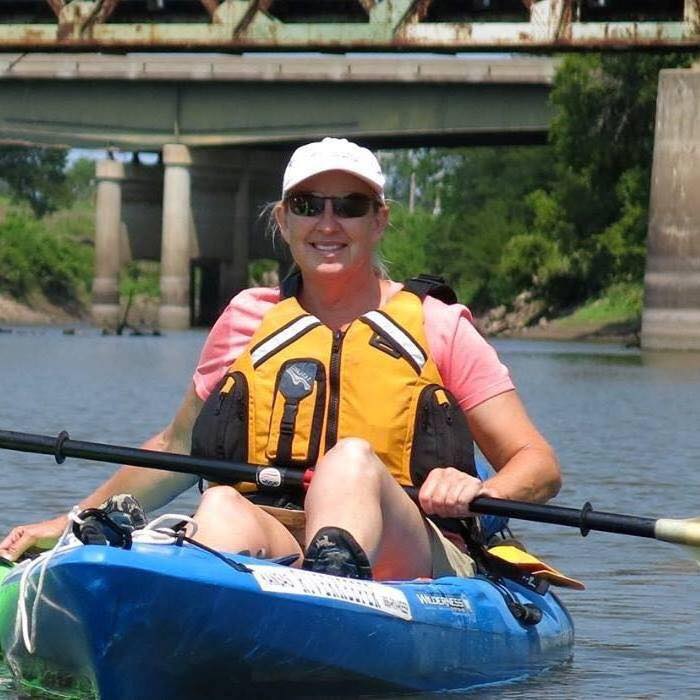Drinking water:
Fecal coliform bacteria and other microorganisms must be completely removed from drinking water. This includes strict guidelines for the removal of Cryptosporidium (99% removal) and Giardia lamblia (99.99% removal).
Recreational water:
The EPA establishes water-quality criteria on the basis of full-body contact and single-sample allowable density for water bodies defined as moderately used, lightly used, and infrequently used. Primary contact use is defined as activities where the body is immersed in water to the extent that some inadvertent ingestion of the water is probable. These activities include boating, mussel harvesting, swimming, and water skiing. The EPA currently has no recommended criteria for secondary contact; however, the Kansas Department of Health and Environment has set maximums for both primary and secondary contact recreation in public-access streams for the State of Kansas. Secondary contact activities include wading, fishing, trapping, and hunting where the ingestion of water is not probable.
|
Indicator bacteria type |
Illness rate (per 1,000 swimmers) |
Primary contact recreation |
||
|
Single-sample maximum allowable density (col/100mL) |
||||
|
Moderately used full-body contact |
Lightly used full-body contact |
Infrequently used full-body contact |
||
| Escherichia coli (E. coli) |
8 |
298 |
406 |
576 |
|
9 |
381 |
524 |
736 |
|
|
10 |
487 |
669 |
941 |
|
|
11 |
622 |
855 |
1,202 |
|
|
12 |
795 |
1,092 |
1,536 |
|
|
13 |
1,016 |
1,396 |
1,962 |
|
|
|
14 |
1,298 |
1,783 |
2,507
|
Information can be found at the EPA’s microbial water quality criteria page.

 Paddle safely! Use the links below to quickly access information that impacts river conditions.
Paddle safely! Use the links below to quickly access information that impacts river conditions.
